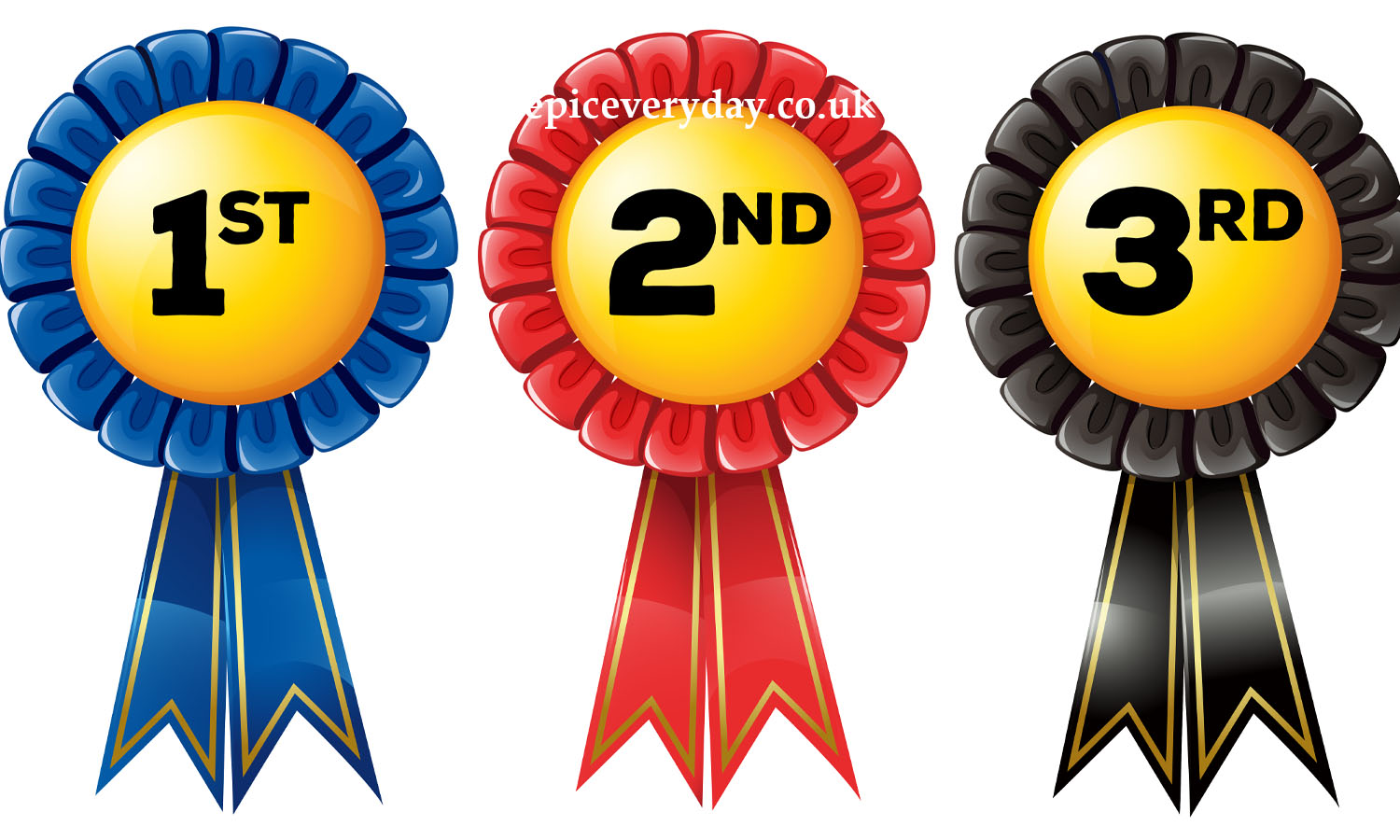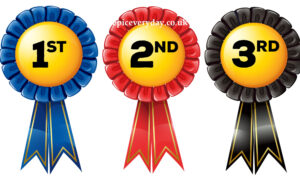Everything You Need to Know About Primerem: Your Ultimate Guide
primerem Welcome to your comprehensive guide on Primerem — a unique concept (or product) whose name deserves understanding, clarity, and exploration. Whether you’ve encountered primerem in a discussion, advertisement, or casual mention, this article dives deep into what primerem is, why it matters, how to use it, and the benefits and precautions associated with it. Our goal is to help this page be found and valued by those searching for primerem, so we’ll cover fundamental, advanced, and practical aspects to help both novices and experienced users.
In this introduction, we’ll start with the basics: what primerem refers to, why people care about it, and an overview of what you’ll learn below.
-
What is primerem?
-
Why is primerem important or trending?
-
What you’ll gain by reading this guide
After the introduction, we’ll cover core sections including the definition and background, benefits, methods of use or implementation, practical tips, case studies or examples, and then a comprehensive Frequently Asked Questions (FAQs) section before concluding.
What Is Primerem?
At its core, primerem is a term (or brand, product, concept) that denotes a primary emphasis on “prime” and “rem” (which might suggest remainder, removal, or a memory/reminder) depending on context. Because “primerem” is not yet widely standardized, we’ll examine possible interpretations and common usage:
-
As a product or tool
Many businesses or individuals use “Primerem” as a brand name or product name. If it is a skincare primer, a digital tool, or a memory-reminder app, the name suggests priming + remembering. -
As a concept
In conceptual usage, primerem might refer to “prime removal” (cleaning or resetting something), or “prime reminder” (highlighting primary tasks or reminders). -
As a coined keyword
Because it’s relatively novel or rare, primerem acts as a strong SEO identifier. Anyone writing or publishing about primerem helps define its meaning and usage.
For the rest of this article, we’ll treat primerem as a conceptual tool — something that primes a system or process and helps remind or reset. We will discuss how such a concept can be applied in productivity, technology, wellness, and other areas.
Why Primerem Matters

Why should you care about primerem? Here are several reasons:
-
Uniqueness for branding: Because “primerem” is rare, owning this term in your domain or content gives you SEO advantage.
-
Foundation setting: In any project or system, a “primerem” step ensures that you properly prime or prepare, then you remember or revisit, thereby reinforcing strong structure.
-
Cross-domain application: Whether in productivity (priming tasks and reminding), software (initialization + periodic resets), or wellness (priming habits + reminders), the primerem idea is versatile.
-
Long-term retention: The dual notion — prime + rem — emphasizes both setting an initial optimal state and continuous reminder or adjustment, which aligns with principles of sustained success.
The Key Benefits of Using Primerem
When applied thoughtfully, primerem brings several advantages:
-
Better foundation and setup
Before undertaking any major task, applying a priming phase ensures clarity, direction, and preparedness. The “primer” part of primerem gives structure. -
Ongoing reinforcement via reminders
The “rem” part enables repeated checks and reminders, reducing drift, improving memory, and keeping you aligned with goals. -
Reduced errors and waste
By priming correctly and then checking/reminding periodically, you avoid mistakes and minimize wasted effort. -
Improved consistency over time
Systems that incorporate primerem maintain consistency because they don’t just start strong — they periodically recalibrate. -
Scalability and adaptability
Whether small-scale or large-scale, the primerem approach can scale: for one person, one team, or an entire system.
How to Use Primerem in Practice

Here are some practical ways you can adopt primerem in various domains:
In Productivity & Habit Formation
-
Prime your day
Start each morning by “priming” your mind: set your top 3 priorities, visualize goals, and review your plan. That’s the primer step. -
Remind periodically
Use alarms, sticky notes, or digital apps to remind yourself at key intervals (midday, end of day) of what you intended. That’s the rem step. -
Evening review
At day’s end, revisit what went well, what deviated, and use that to prime for the next day.
In Software & Systems
-
Initialization (priming)
Upon launching a system or process, run initialization routines (clearing cache, setting defaults, configuring environment). That’s the “prime” part. -
Periodic clean-up or reset (rem)
Schedule tasks that remind the system to recalibrate: clear logs, reset counters, or refresh data—this is the “rem” aspect.
In Wellness & Self-Care
-
Prime your habit
Before going to sleep, set an intention (e.g. “I will meditate tomorrow for 10 minutes”). That’s priming. -
Reminder triggers
Use apps, phone alerts, or environmental cues (alarm, sticky note) to prompt the habit next day — the rem.
In Learning & Memory
-
Prime the subject
Spend a few minutes previewing the main headings, key terms, or structure before deep dive. -
Reminders / spaced repetition
At intervals (1 day, 1 week, etc.), revisit the material to reinforce memory — the “rem” part.
Tips for Successful Primerem Implementation
To make primerem more effective, consider these tips:
-
Keep priming short and focused
The priming stage should not consume too much time. A quick 5-10 minute setup is enough. -
Automate reminders
Use digital calendars, task managers, or apps to avoid forgetting the “rem” phase. -
Use meaningful triggers
Tie reminders to events (meal times, breaks) to make them more natural. -
Review and adjust regularly
Periodically evaluate whether your priming or reminders are working; change as needed. -
Balance flexibility and structure
Don’t be too rigid; let priming adapt to changing priorities while still providing structure. -
Track metrics
Especially in systems or productivity, track success metrics (e.g. tasks completed, errors reduced) to validate the effectiveness of primerem.
Examples & Case Studies of Primerem in Action
Here are illustrative scenarios showing primerem at work:
Example 1: Personal Productivity
Sarah is a freelance writer. She starts each morning by priming: reviewing her calendar, setting her top 3 tasks, and visualizing how the day will go. Every 2 hours, she gets a reminder notification: “Are you on track?” In the evening, she reviews and primes the next day. Over weeks, she finds she misses fewer deadlines and feels more focused. That’s primerem in habit form.
Example 2: Software Maintenance
An engineering team builds a web service. In deployment, they run initial setup scripts (e.g. set memory limits, initialize database). Then, every night they run cleanup jobs, logs rotation, database vacuuming, and status checks. This is their primerem cycle built into the devops pipeline.
Example 3: Learning & Revision
A student primes by quickly scanning the chapter headings and key terms before reading deeply. Then she schedules spaced repetition reminders on days 1-3-7-14 for review. Her recall improves significantly. This is primerem applied to learning.
These examples illustrate how the dual concept — priming + reminding — can multiply effectiveness in multiple domains.
Conclusion
In summary, primerem is a powerful yet flexible concept — priming plus reminding — that helps you launch systems, habits, or processes with clarity and sustain them over time through consistent reminder or recalibration. Whether you apply it to productivity, software, wellness, or learning, the primerem approach strengthens foundation, reduces drift, and nurtures long-term success.
Frequently Asked Questions (FAQs)
Below are some common questions about primerem, along with answers:
Q1: What exactly does the word “primerem” mean?
A1: “Primerem” is a coined or branded term combining “prime” (to prepare or initialize) and “rem” (reminder or reset). It’s not yet standardized, but it implies a two-step approach: priming + reminding or recalibrating.
Q2: Is primerem only for professionals or technical uses?
A2: Not at all. While it has strong applicability in tech and productivity, primerem can be used by students, homemakers, wellness enthusiasts — in any domain where you want to prime something and then periodically remind or recalibrate.
Q3: How often should the “rem” (reminder) phase occur?
A3: It depends on context. For daily tasks, reminders every few hours may help. For long-term goals, weekly or monthly check-ins might suffice. The key is consistency, not frequency.
Q4: Can I automate primerem?
A4: Yes. Use task management apps, scheduling tools, cron jobs, or automation platforms (e.g. Zapier) to automate reminders and initialization steps.
Q5: Is primerem different from other productivity systems (like GTD)?
A5: Primerem is complementary. Where GTD (Getting Things Done) gives structure for capturing and organizing tasks, primerem gives you a built-in priming + reminder system to sustain momentum and consistency.
Q6: Are there drawbacks or limitations of primerem?
A6: Possible pitfalls include overdoing reminders (leading to alert fatigue), too rigid priming that doesn’t adapt, or neglecting to adjust your system over time. It’s important to balance.
Q7: How soon should I see results using primerem?
A7: Some benefits — like better clarity and fewer mistakes — may show quickly (within days). More sustained outcomes (habit formation, consistency) often take weeks to months.
Q8: Is primerem effective for teams or collective systems?
A8: Yes. Teams can adopt shared priming meetings (morning huddles) and team-wide reminders (status checks, retrospectives) following the primerem principle.
Also Read : iMac Pro i7 4K: Performance, Elegance, and Precision in One Machine














Post Comment